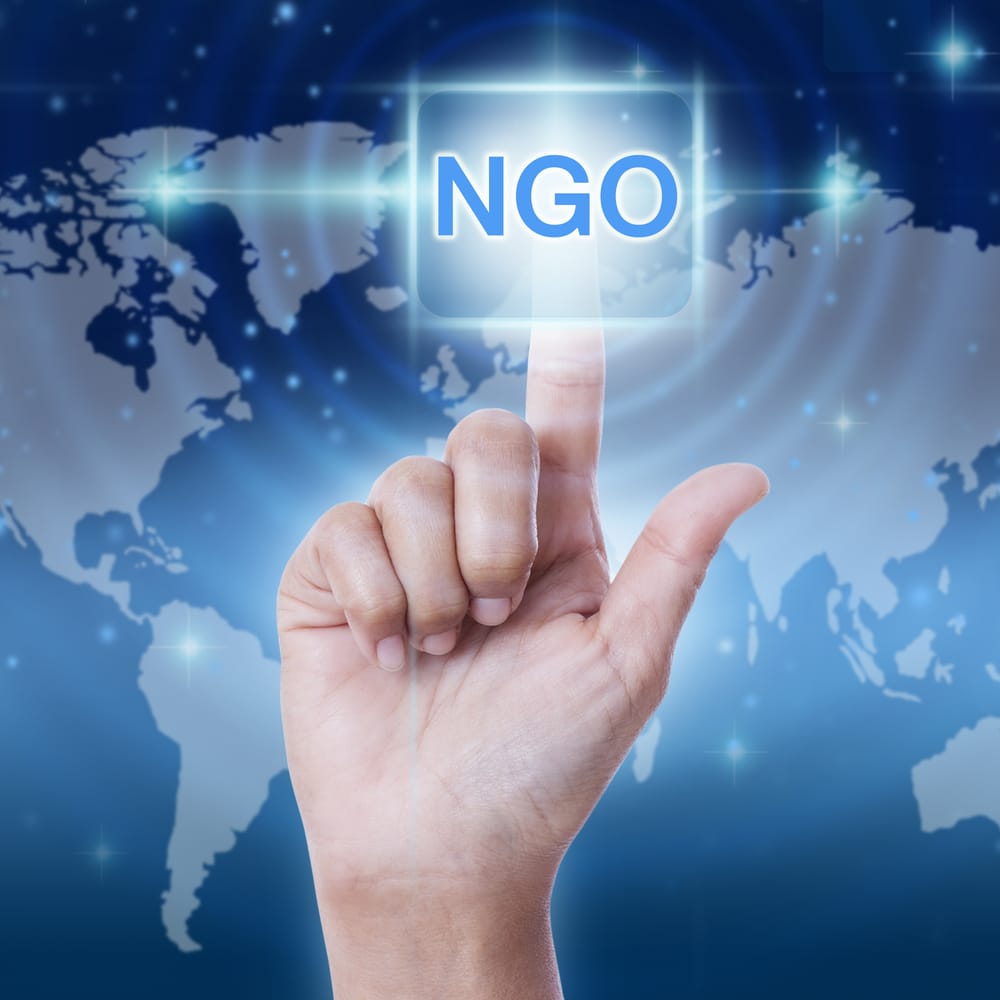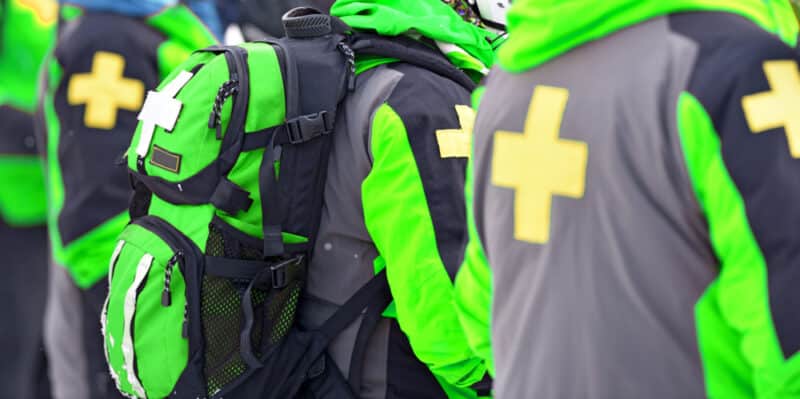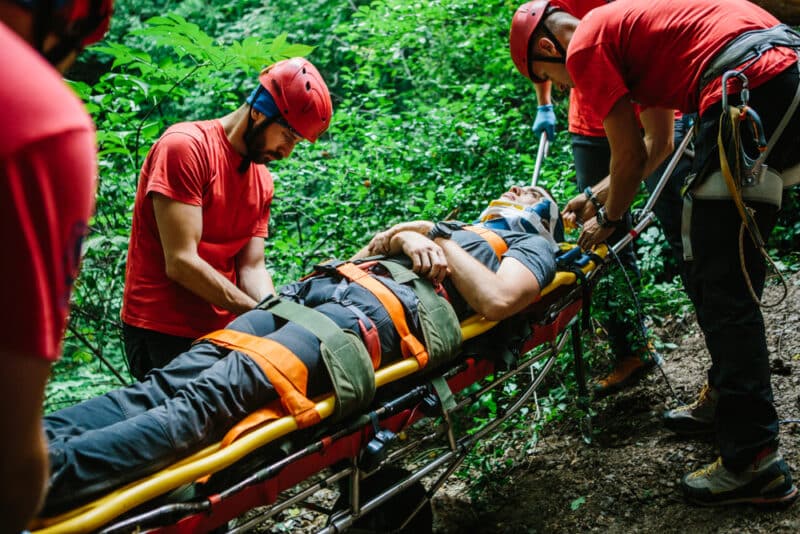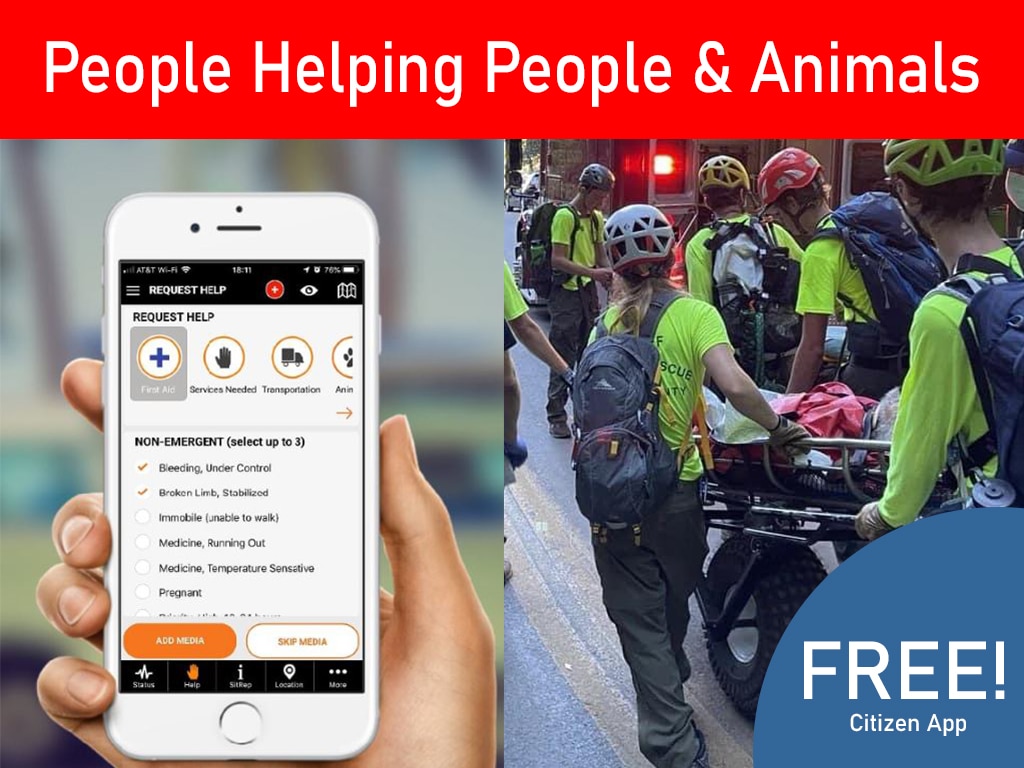Challenges of Disaster Reponse
Operational Challenges of NGOs and FBOs Get Free Org AccountSchedule Web DemoChallenges NGO’s Face When Responding to Disasters
When disaster strikes, NGO disaster response teams are often the first responders. They provide critical emergency aid, helping communities navigate the chaos. Yet, their work is far from easy.
NGO disaster response is fraught with challenges. From logistical hurdles to funding constraints, these organizations face a myriad of issues.
In this article, we delve into these challenges. We explore the complexities of crisis management and the impact of these difficulties on the delivery of aid. Our aim is to shed light on the realities of disaster response. We hope to foster a deeper understanding of the vital role NGOs play in these critical situations.
Join us as we navigate the challenging terrain of disaster response for NGOs.

Understanding Disaster Response for NGOs
NGO disater response involves immediate action to mitigate the effects of a disaster. It’s a complex process, requiring swift decision-making and resource allocation.
NGOs must assess the situation rapidly, identify the most urgent needs, and deliver aid effectively. This process is crucial in saving lives, reducing suffering, and maintaining human dignity in the face of disaster.
Non-governmental organizations (NGOs) play a vital role in emergency aid. They often serve as first responders, providing immediate relief to affected communities. This includes distributing food, water, and medical supplies, and setting up temporary shelters.
NGOs also play a crucial role in coordinating aid efforts. They work closely with local governments, international bodies, and other NGOs to ensure aid is delivered efficiently. This coordination is key to avoiding duplication of efforts and ensuring resources reach those most in need.
In addition to immediate relief, NGOs often stay long after the disaster has passed. They help communities rebuild, providing support for housing, education, and livelihoods. This long-term commitment is essential for sustainable recovery.
Timely and effective aid can significantly reduce the impact of a disaster on a community. When aid arrives quickly, it can prevent further loss of life and reduce suffering. It can also help to restore essential services, such as healthcare and education, more rapidly.
However, the effectiveness of aid is not just about speed. It’s also about ensuring that the aid provided meets the specific needs of the community. This requires a deep understanding of the local context, including cultural, social, and economic factors.
In the aftermath of a disaster, communities often face a long and difficult recovery process. NGOs play a crucial role in this process, providing ongoing support and resources to help communities rebuild and recover.
Common Challenges in NGO Disaster Response
Disaster response is a complex process. It involves many different actors, each with their own roles and responsibilities. This complexity can lead to a number of challenges.
One of the most common challenges is coordination. With so many different organizations involved, it can be difficult to ensure that everyone is working towards the same goals. This can lead to duplication of efforts, or worse, gaps in service provision.
Another major challenge is funding. Disaster response is expensive, and many NGOs struggle to secure the necessary funds. This can limit their ability to respond effectively and can lead to difficult decisions about where to allocate resources.
Coordination difficulties
Funding constraints
Resource allocation dilemmas

Funding Constraints and Resource Allocation
Funding is a critical component of disaster response. Without sufficient funds, NGOs cannot provide the necessary aid and support to affected communities.
However, securing funding can be a challenge. Many NGO disaster response teams rely on donations, which can be unpredictable and may not cover all the costs associated with disaster response.
This can lead to difficult decisions about resource allocation. NGOs must decide where to focus their efforts, which can be a challenging task in the midst of a crisis.
Logistical Hurdles and Coordination Efforts
Logistics is another major challenge in NGO disaster response. Delivering aid to affected areas can be difficult, especially in remote or hard-to-reach locations.
Coordination efforts can also be challenging. With so many different organizations involved, it can be difficult to ensure that everyone is working towards the same goals. With different organizations providing medicines, clean up, and other human services, coordination and communication between agencies is key.
This can lead to duplication of efforts, or worse, gaps in service provision. Effective coordination is crucial to ensure that aid is delivered efficiently and effectively.

Crisis Management and Structured Response
Crisis management is a key component of disaster response. It involves making difficult decisions under pressure, often with limited information.
A structured response is crucial in these situations. This involves having clear plans and procedures in place, and ensuring that all staff and volunteers are well-trained and prepared.
However, even with the best planning, unexpected challenges can arise. This requires flexibility and adaptability, as well as strong leadership to guide the response efforts.
Overcoming Challenges: Strategies for Success
Despite the challenges, NGO strategies have been developed to improve NGO disaster response efforts. One key strategy is to build strong partnerships with other organizations. This can help to improve coordination and reduce duplication of efforts.
Another strategy is to invest in training and preparedness. This can help to ensure that staff and volunteers are ready to respond effectively when a disaster strikes. It can also help to improve the organization’s crisis management capabilities.
Finally, NGOs can also work to secure more stable sources of funding. This can help to ensure that they have the resources they need to respond effectively to disasters.
Leveraging Technology and Local Partnerships
Technology can also play a key role in overcoming disaster response challenges. For example, digital platforms can help to improve coordination and communication among different organizations. They can also help to streamline logistics and resource allocation.
Local partnerships are another important strategy. By working closely with local communities and organizations, NGOs can gain a better understanding of the local context. This can help to ensure that their response efforts are culturally sensitive and appropriate.
Furthermore, local partnerships can also help to build community resilience. By involving local communities in disaster response planning and implementation, NGOs can help to ensure that they are better prepared to withstand future disasters.
The Role of NGO disaster response in Long-Term Recovery and Resilience Building
NGOs play a crucial role not only in immediate disaster response but also in long-term recovery. They often stay in affected areas long after the initial disaster has passed, helping communities rebuild and recover.
In addition to providing immediate relief, NGOs also work to build resilience in communities. They do this by implementing programs that help communities better prepare for future disasters. This can include everything from building stronger infrastructure to providing education on disaster preparedness.
By focusing on long-term recovery and resilience building, NGOs can help to ensure that communities are not just able to recover from disasters, but also better withstand future ones.
The Path Forward for NGO Disaster Response
The challenges faced by NGOs in disaster response are complex and multifaceted. However, with strategic planning, collaboration, and the use of technology, these challenges can be overcome.
The future of NGO disaster response lies in building resilient communities, fostering local partnerships, and leveraging technology for effective communication and coordination. It’s about striking a balance between immediate relief and long-term development goals.
In conclusion, NGOs play a vital role in disaster response. By understanding and addressing the challenges they face, we can ensure that they continue to provide essential aid to those most in need during times of crisis.



